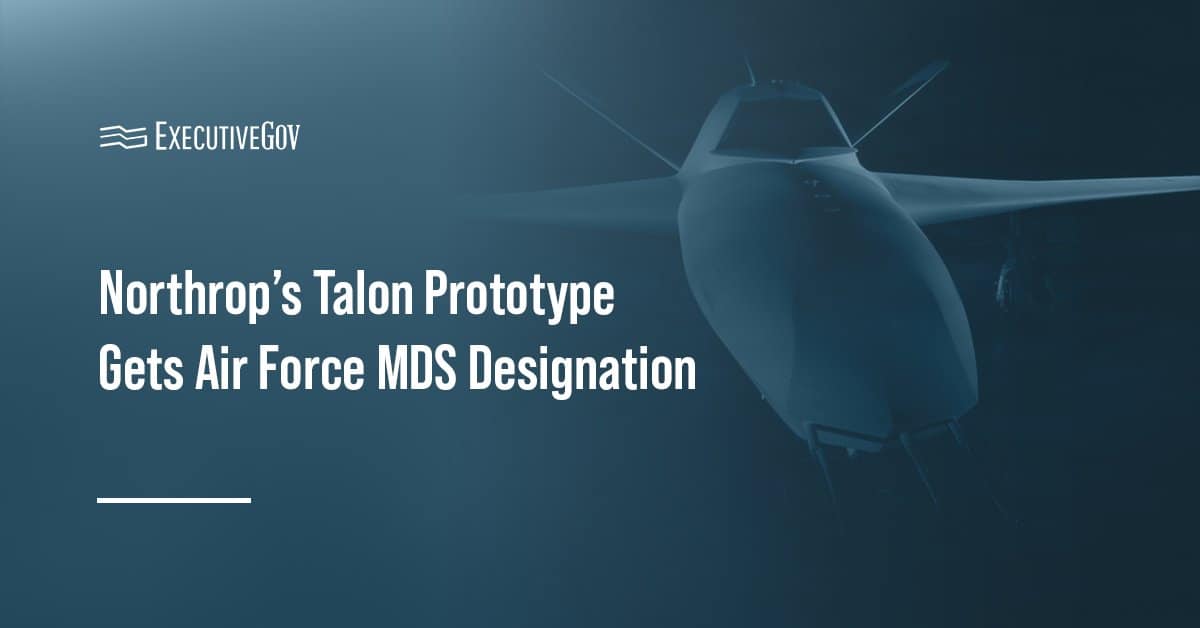The Defense Innovation Board has recommended that the Department of Defense establish an investment mechanism that would bridge the technological “valley of death” and help companies transition their technologies from early development stages to production, C4ISRNET reported Wednesday.
In a report, DIB said there is an immediate need for reform to overcome the inability to transition new technologies from the research and development phase into production.
The board suggests that the Pentagon create an “Oasis” of funding to bridge its annual R&D investment portfolio into its two-to-three-year, program-specific budget cycles.
The new mechanism could be funded by passing a separate annual appropriation, taxing service programs or changing end-of-fiscal-year budget rules.





